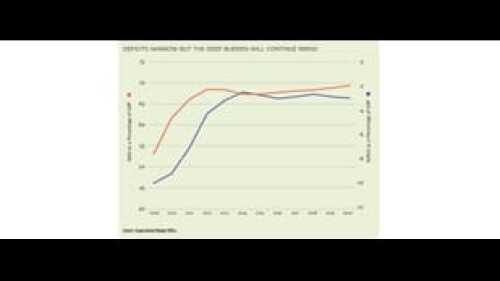Industry Sectors
Read the encouraging news in the Federal Reserve’s most recent Senior Loan Officers Opinion Survey, which reflects positive changes in the relaxing of their standards for commercial and industrial loans to large borrowers. Also read what is happening with respect to small borrowers, demand for commercial real estate financing, and lending standards for real estate loans.
Yesterday afternoon, the Federal Reserve released its Beige Book economic survey of conditions in the 12 Federal Reserve Districts. The survey covered the period from January 1st through early February, 2011. Read this brief summary of the results of the survey of economic activity from the districts around the country.
The U.S. Green Building Council today released its 2010 list of top 10 states for LEED-certified commercial and institutional green buildings per capita, based on the U.S. 2010 Census information. The District of Columbia leads the nation, with 25 square feet of LEED-certified space per person in 2010, with Nevada being the leading state, with 10.92 square feet per person in 2010.
A radical proposal put forth by California Governor Jerry Brown is calling for all 260 redevelopment agencies statewide to be abolished as a way to help close the state’s budget gap—which means that large, long-term projects would simply not get off the ground. Read about the myriad implications—for the real estate industry as well as the state—that were discussed at a ULI panel in San Francisco.
According to the fourth edition of Emerging Trends in Real Estate Asia Pacific, commercial real estate markets, even if gradually, are moving back toward normalcy. The majority of Emerging Trends survey and interview participants believe that at this stage of market growth, tenant demand and a stabilizing economy will be enough to justify this robust movement.
Inspired by recent events threatening the well-being of Europe’s cities, more than 60 leaders from the public and private sectors gathered in Istanbul in September to discuss issues surrounding city resilience during a forum titled “Resilient Cities: Surviving in a Brave New World.” Read what was on people’s minds at the event, presented as part of ULI’s Urban Investment Network initiative.
At the end of 2010, the U.S. homeownership rate fell to 66.5 percent—the lowest rate since 1998. And the six-year trend of households going from owning to renting a home continues. Read how demographic trends, ongoing high levels of foreclosures, high unemployment and underemployment, and tightened standards for mortgage financing are poised to affect the number of new homes sold going forward.
On February 11, the U.S. Treasury and HUD issued a paper on reforming the government-sponsored entities (GSEs)—namely, Fannie Mae and Freddie Mac. John K. McIlwain, Senior Resident Fellow, ULI/J. Ronald Terwilliger Chair for Housing, notes that for the first time in 70 years, an administration—a Democratic one at that—backed away from an all-out commitment to homeownership and even pulled its support from Fannie and Freddie. Read about the three options that are being contemplated to replace the GSEs.
With Republicans wresting control of the House of Representatives from Democrats, the election results are reverberating through Washington as party strategists on both sides now refine or refashion their agendas to reflect evolving voter sentiment. Read about the possible benefits of the shift in power for the commercial real estate sector.
At the ULI Europe Paris 2011 conference in February, former Irish Prime Minister John Bruton said that, in addressing their nations’ economic troubles, Europeans see problems that cannot be fixed, whereas Americans see challenges for which solutions have not yet been found. Learn what he says about Europe’s banking crisis and how to get the monkey off the back of the European economy.



